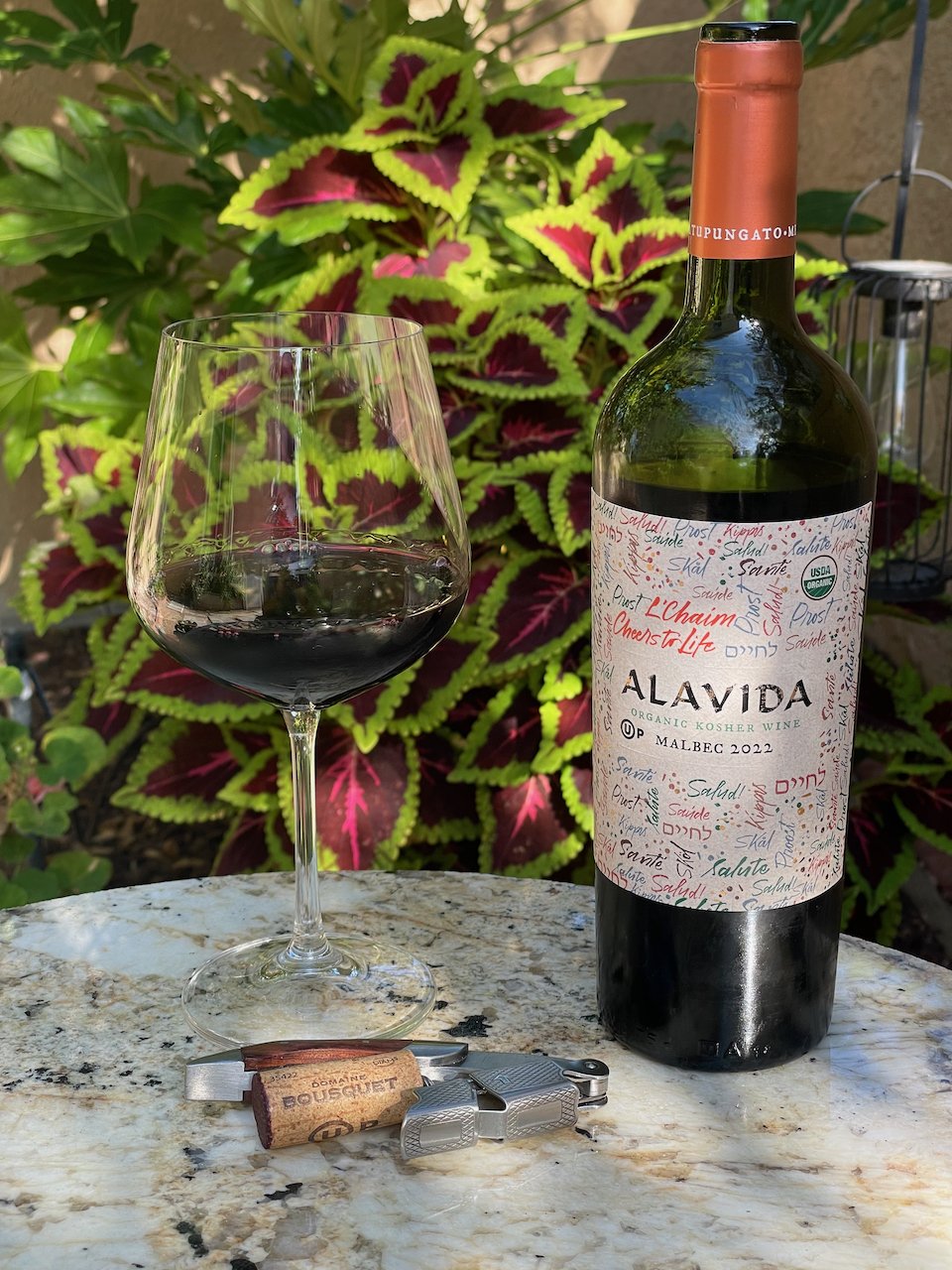Photo by Jonathan Borba on Unsplash
Wine may be fermented and aged in a variety of materials including stainless steel, ceramic vessels, including concrete, and in oak barrels.
Oak barrels add additional quality, character and smoothness to wines and can impart many flavors into the wine.
Barrels for wine-making are commonly made of French common oak (Quercus robur), white oak (Quercus petraea), and American white oak (Quercus alba)
Of the various species of oak, Quercus robur is said to provide a fuller body and larger tannin structures, giving less complexity and elegance than Quercus petraea. Forests in Hungary and France grow both species, including hybrids of the two. These two species are quite distinct from Quercus alba (American oak) in the flavors they impart.
Here’s a quick summary of the differences:
American Oak - Wine barrels made in the US are typically from White Oak that is grown in the east and mid-west. American oak is known for imparting sweeter flavors of vanilla, coconut, as well as dill and sweet spices.
Hungarian Oak - These barrels may be made from either the Quercus robur or Quercus petraea species. Quercus robur is said to provide a fuller body and larger tannin structures, giving less complexity and elegance than Quercus petraea. Hungarian oak barrels are known for imparting bolder, richer flavors of butterscotch, vanilla, clove, cinnamon, and toffee.
French Oak - French oak wine barrels are from the Quercus robur species but tend to have finer grains. The flavors imparted from French oak are said to be more subtle and include dark chocolate, roasted coffee beans and exotic, savory spices.
All of these imparted flavors can be dialed-up or down depending on the degree to which the barrels are ‘toasted.’ A winemaker will decide on what degree of toasting is appropriate for their wine’s style. Our 'job' as wine drinkers is simply to enjoy all the wonderful flavors that oak, and toasted oak, add to our wine. Cheers!






